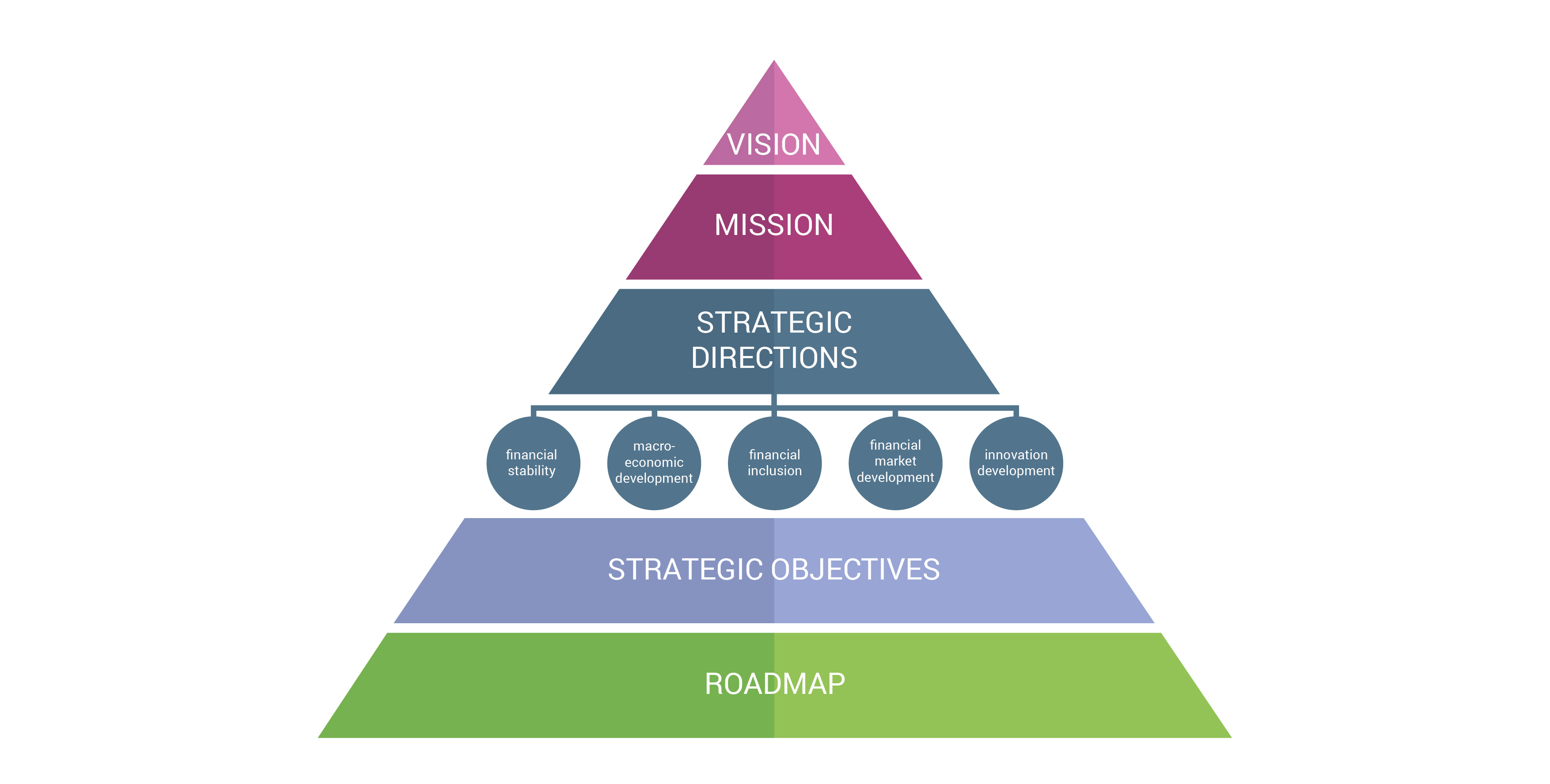The National Bank of Ukraine (NBU), the National Securities and Stock Market Commission (NSSMC), the Ministry of Finance of Ukraine (MoF), and the Deposit Guarantee Fund (DGF) implemented the Strategy of Ukrainian Financial Sector Development for 3.5 years.
Despite the impact of the full-scale russian military aggression and the global COVID-19 pandemic, the financial regulators made progress in implementing the Strategy of Ukrainian Financial Sector Development.
The road map of the Strategy was implemented by 47%. The detailed report on the implementation of the Strategy is available by going to the link.
The Strategy established the priorities and goals for the financial sector development in 2020-2023.
The Strategy was drafted to ensure that the reform and development of Ukraine’s financial sector moves forward in line with international best practices and the actions ate taken as envisaged by the EU-Ukraine Association Agreement and Ukraine’s other international commitments.
The strategy replaced the Comprehensive Program of Ukrainian Financial Sector Development until 2020, which identified reform priorities for regulators over the previous five years.
On 28 May 2019, the NBU, the NSSMC, the National Commission for State Regulation in the Financial Services Market (under liquidation since 1 July 2020), the DGF, and the MoF signed the Memorandum of Understanding and Cooperation on drafting and implementing the Strategy. The work to create the Strategy was done in March–December 2019. The interagency working group tasked with drawing up the Strategy included more than 200 people. The working group held two rounds of public discussions with experts and representatives of the financial market, professional associations, NGOs, and international organizations.
The heads of the entities that drafted the Strategy signed it on 16 January 2020 and approved it with their resolutions under established procedures. The NBU Board approved the Strategy on 26 December 2019 with its Decision No. 1010.
In 2020, the financial regulators collected and analyzed proposals to the Strategy from those who implemented it, the field experts, and representatives of the financial market. The proposals were approved by stakeholders during two meetings of the Communication platform and a series of other meetings. The first revision of the Strategy was based on the proposals pursuant to the decision taken at the meeting of the Committee on Financial Developmentin early 2021. The revised Strategy was approved by NBU Board Decision No. 97 dated 18 March 2021.
The Strategy was terminated due to the adoption of the new Strategy of Ukrainian Financial Sector Development focused on resisting russia's aggression and rebuilding Ukraine.




















